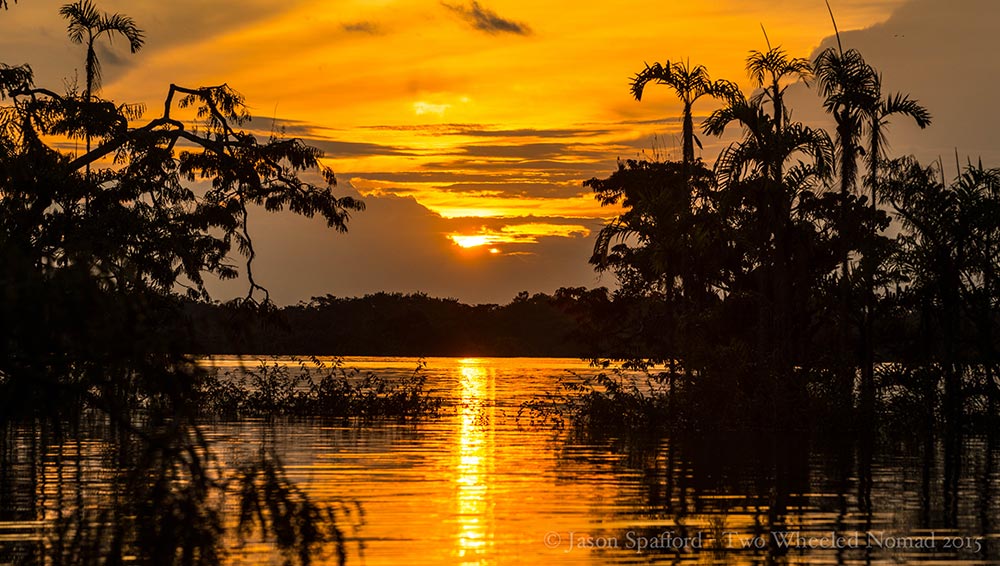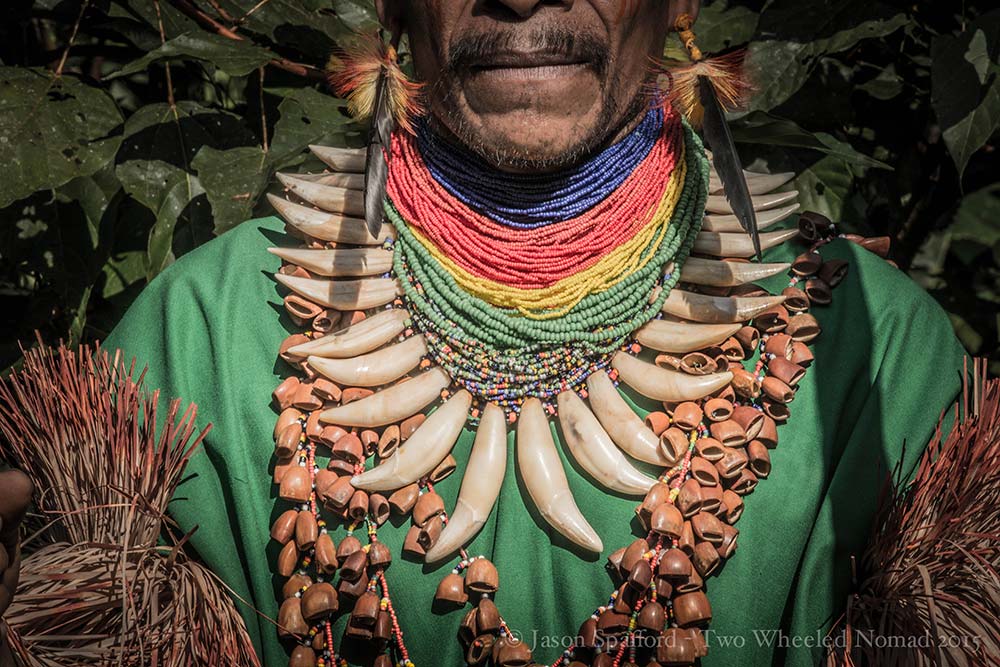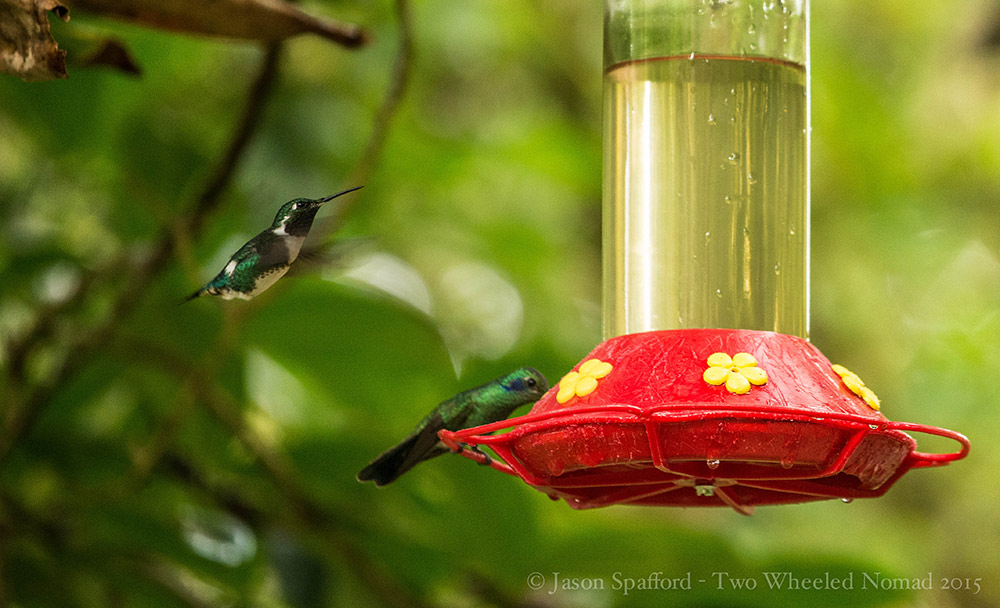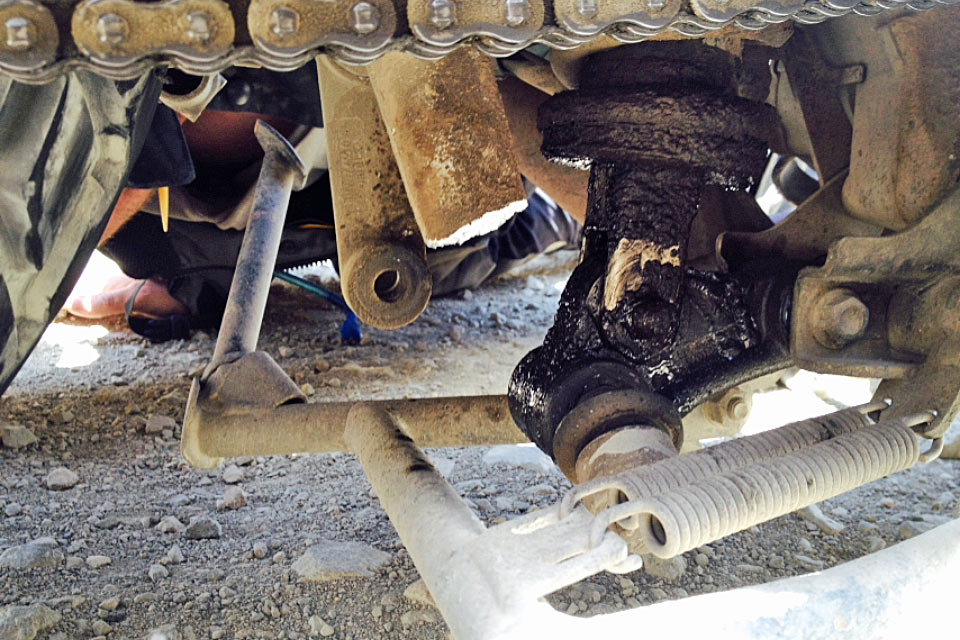Do you ever let your mind wander to a place just out of reach? Have you seen the fossils of extinct creatures in museums and wondered what they were really like? Have you been teased by thoughts of what our human ancestors might have seen when they first came to South America—creatures now gone from memory, represented only by the hardiest fossil record? Many have fallen into extinction but some remain. In great tracts of primeval forest, still chiefly untouched by human hands, life teems in myriad varieties, millions of nooks and crannies filled with specialised life forms, known and unknown, awaiting our curious glance. I could only begin to wonder how many weird creatures—with whom we share their fragile planet—I’d get to intimately glance. I wanted to see them all! An unattainably romantic ambition but heading into the Amazon, I was going to give it a damn good try.
Month: March 2015
12-27 Mar 2015 – A walk on the wild side: Setting the scene (1 of 4)
Background information
Terrain
Much of Amazonia is surprisingly easy to traverse. The rivers are your highways, and most of the land is flat or has a gently rolling topography. Low hills rise in some places, but these are climbable. Ravines along the intermittent streams are more of a challenge; most are spanned by slippery, narrow fallen trees in varying degrees of decomposition.
Cuyabeno reserve, our home for ten days is close to 600,000 hectares—Ecuador’s second largest region in the Amazon Basin to Yasuni’s 900,000 hectares—27,300 of which belong to the tribal communities. These are the ancestral lands of five indigenous groups: Siona, Secoya, Cofan, Kichwa and Shuar. We’d be venturing only into primary forest on ‘terra firma’—high ground that isn’t subject to seasonal flooding with frequent wellied-walks and canoe paddles through stagnant swamplands, flat forest of black and white water, and swamps of herbs and palm. Bring it on.
6-11 Mar 2015 – Oh Peru, I’m gonna miss you
With Pearl perky and raring to go—now a “shocker-rejuvenated GS” as Johnny Bravo so aptly put it—life became peachy again. Even at 4am when peeling our sleep-sapped bodies out of bed: the prospect of avoiding the unforgiving pandemonium of exiting Lima in its 24/7 rush hour was enough to self-catapult out of bed. But with one thing and another nine, I managed to hit the sack just after midnight the night previous—making my early start about as rude as it can get. Drunk on sleep starvation, I found myself donning my motorcycle boots in just my underwear and all but dropping Pearl in turning her around on a scarred section of road near a bitten kerb, feeling far from sober. I’d not consumed a morsel of anything exciting, I was just beastly tired making it more than disconcerting that my reaction times were less than tickety boo. Another lesson learned.
24 Feb-5 Mar 2015 – Seeing red, avoiding amber & going for green
In order to rebegin our earth-bound way northward, gin-ger-ly is the way in which I rode Pearl all 230 miles southbound to Lima. Pearl was sporting a newly welded, temporarily repaired rear suspension linkage—albeit with no dampening in place but despite having cause for complaint, held up beautifully on the Pan American highway’s asphalt. Getting me to a place in which we could get her adequately mended—without issue, what a trooper. Holding her in a new level of regard, I held no qualms in taking my ‘Captain Slow’ status to another notch; delicately descending into drainage dips and negotiating speed bumps with supreme care.
22-23 Feb 2015 – With affliction comes the uncanny aid of assistance
Continuing north from Huascarán National Park took us to the imposingly rugged Canon del Pato (Duck Canon)—a busy narrow asphalt road featuring a perilously sheer drop, where catastrophic landslides after heavy rain are not exactly uncommon. Treacherous as it sometimes is, it’s the main transport route for big trucks, buses by the coach load and a glut of cars. The sporadically tunnelled highway penetrates the Cordillera Negra, descends westward and continues to the Pacific Ocean port city of Chimbote, providing vehicle access to the coast from the Callejón de Huaylas. It made riding Bolivia’s Road of Death feel like a day at the beach. Still, during the brief sections that weren’t choked with whizzing traffic, my neck craned up to the top of the towering canon as Pearl’s tyres sang on the vista-terrific turns.




